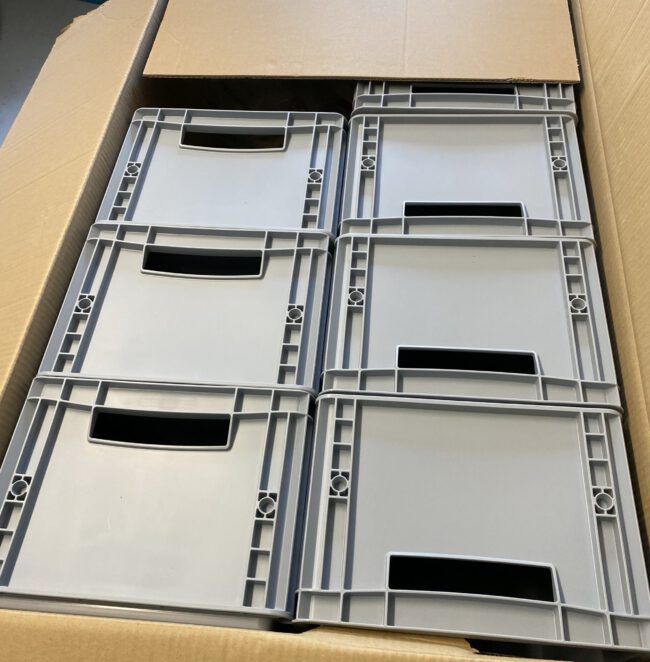Learning Kotlin – Part 1 – strings and print
Motivation I wanted to try writing an Android app. In spite of using plain old Java I wanted to give the new kid on the block Kotlin (from the Jetbrains folks) a try. First observations Coming from a Python background it’s good to see that Kotlin doesn’t use semi-colons! But the curly braces from Java…



